|
New!
Format(s):
SIG Perspectives
The purpose of this SIG 6 study is to determine the differences between self-reported hearing difficulties, response time, and blast exposure history for those with and without auditory processing disorder, which is operationally classified based on abnormal results on behavioral speech-in-noise and binaural-processing assessments. The study also examines factors that contribute to low gain hearing aid benefit.
Format(s):
SIG Perspectives
The auditory brainstem response (ABR) can be elicited by broadband stimuli such as the
click and chirp. Differences in the click- and chirp-evoked ABR have been extensively
described using subjective analyses. The aim of the current research included in this
SIG 6 activity is to determine if subjectively observed differences between the click- and
chirp-evoked ABR are also represented in objective signal-to-noise ratio measurements
obtained from these responses at different stimulus intensities and sweep counts.
Format(s):
SIG Perspectives
This article is a summary of viewpoints from members of the International Ototoxicity Management Group, who discuss how best to integrate proactive ototoxicity management into routine clinical practice, what tools to use, and what special considerations need to be understood to best support patients and their families.
Format(s):
SIG Perspectives
As a step toward developing an electrophysiologic method for validating the speech feature discrimination benefits of amplification, the article in this SIG 6 activity evaluates the effect of stimulus level and amplification on the acoustic change complex in adults with sensorineural hearing loss.
Format(s):
SIG Perspectives
The article in this SIG 6 activity focuses on the audiologic variations seen among patients undergoing the same type of ototoxic drug treatment (cisplatin). Results show a large amount of audiologic outcome variability among the two patients examined, despite similar demographic factors, drug treatments, and types of cancer. Factors relating to ototoxic susceptibility are discussed, and the importance of otoxicity monitoring programs for early detection of audiologic change is highlighted.

Format(s):
SIG Perspectives
These three articles describe current issues and advances related to hearing diagnostics, treatment, and prevention. The first article is a detailed description of the impact that COVID-19 face masks and social distancing regulations have had on speech recognition and how face masks affect the acoustic signal and increase cognitive effort in listeners with hearing loss. Suggestions for mitigating these deleterious impacts on communication are provided. The second article is a research study examining the correlation between self-perceived hearing difficulty, determined using a questionnaire (Adult Auditory Performance Scale), and speech-in-noise performance (Listening in Spatialized Noise–Sentences Test) in listeners with normal pure-tone thresholds. Results highlight the relationship between self-perceived hearing abilities and binaural speech-in-noise performance supporting the inclusion of speech-in-noise testing even in those with normal pure-tone thresholds. The third article is a review of current genetic, stem cell, and pharmacotherapy research for treatment and prevention of hearing loss. Animal models are discussed, as well as steps to translate this research into clinical practice.
|

